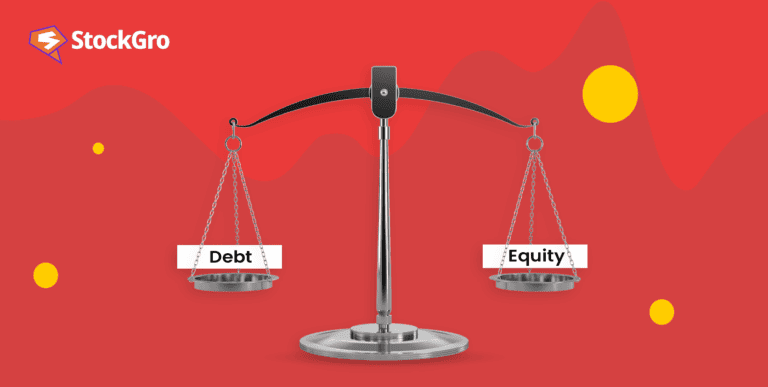
Investing in the stock market is not merely about buying and selling shares. To invest well, you also need to know about how returns are calculated. There are several mechanisms that drive this, and arguably the most crucial one is capital appreciation.
It represents the increase in the value of an asset or investment over time. Understanding capital appreciation, its calculation, and the factors influencing it is essential for any investor seeking to grow their wealth in the stock market. Let’s go!
You may also like: The Capital Asset Pricing Model (CAPM) – Explained
What is Capital Appreciation?
Capital appreciation is the increase in the value of an investment or asset over and above what its purchase price was. In the context of stock investing, understand it like this: it’s the difference between the purchase price and the current market value.
Capital appreciation is generally considered applicable only on capital assets, which include:
- Real estate holdings
- Stocks or equities
- Commodities such as oil or copper
- Mutual funds or pension funds
- ETFs or exchange-traded funds
Capital Appreciation Example
Here’s another example to help you understand capital gains better:
Consider you’re an investor purchasing 100 shares of a company at ₹200 each. Over time, the market price per share rises to ₹250.
Capital Appreciation per Share = ₹250 – ₹200 = ₹50
Total Capital Appreciation = Capital Appreciation per Share × Number of Shares
Total Capital Appreciation = ₹50 × 100 = ₹5,000
The total capital appreciation is your profit.
Investing for capital appreciation vs dividends
If you’re investing actively in equities, there are two ways to formulate a strategy: either invest for capital gains or dividends. The return that you get depends on the strategy you employ. Generally, if you’re investing for dividends, you get a regular, passive income on your investment every year. On the other hand, capital appreciation banks on the rise of the price of the asset itself, allowing you to sell it for more than you bought it.
For instance, consider two companies: Hindustan Unilever (HUL) and Reliance Industries Limited (RIL). HUL has a history of consistent dividend payouts due to its stable business model, which is why it’s a great stock for investors who look for regular cash flows. On the other hand, RIL has shown remarkable growth over the years, driven by factors such as expansions in different sectors, strategic acquisitions, and successful diversification. This increases the prices of RIL every year on average, making it perfect for capital appreciation investments.
Also Read: How much tax do you pay on stock market gains?
Taxes on capital gains
In India, capital gains tax is applicable when you sell your shares for a profit. This means that the government takes a cut out of the profits you made by investing or trading in assets. This tax is categorised into short-term and long-term gains, based on how long you held the asset before selling it.
Short-term capital gains: If shares are held for less than one year, the gains are considered short-term. In this case, a different capital gains rate does not apply to you. The taxation on your gains in this case will depend on what your income is, and at which slab your income is taxed.
Also Read: Capital gains tax – overview, types, and current rates
Long-term capital gains: Shares held for more than one year are categorised as long-term. As of the latest tax regulations, long-term capital gains on listed stocks are taxed at 10%.
For instance, if an investor sells shares after holding them for two years and gains ₹40,000 from the sale, the long-term capital gains tax would amount to ₹4,000 (10% of ₹40,000)
Capital Gain vs. Capital Appreciation
Here’s an analysis of Capital Gain vs. Capital Appreciation:
| Aspect | Capital Gain | Capital Appreciation |
| Definition | Profit made when an asset is sold for more than its purchase price. | The increase in the value of an asset over time, even if not yet sold. |
| When is it Realized | Only realized upon the sale of the asset. | Occurs continuously as asset value rises. |
| Taxation | Taxed under capital gains laws at the time of sale. | Not taxed until the asset is sold and gains are realized. |
| Purpose | Focuses on actual profits from selling appreciated assets. | Focuses on the long-term growth potential of the asset’s value. |
| Investment Strategy | Suited for those looking to lock in profits. | Ideal for investors aiming for long-term wealth growth. |
| Examples | Selling shares, real estate, or mutual funds at a profit. | Increase in the value of stocks or real estate over time. |
Capital gains are taxable upon sale and play a crucial role in investment strategies aimed at profit-taking, while capital appreciation focuses on wealth-building through long-term asset value growth.
Both capital gains and capital appreciation are essential in investment planning, but each suits different objectives, depending on whether you seek immediate returns or long-term growth.

